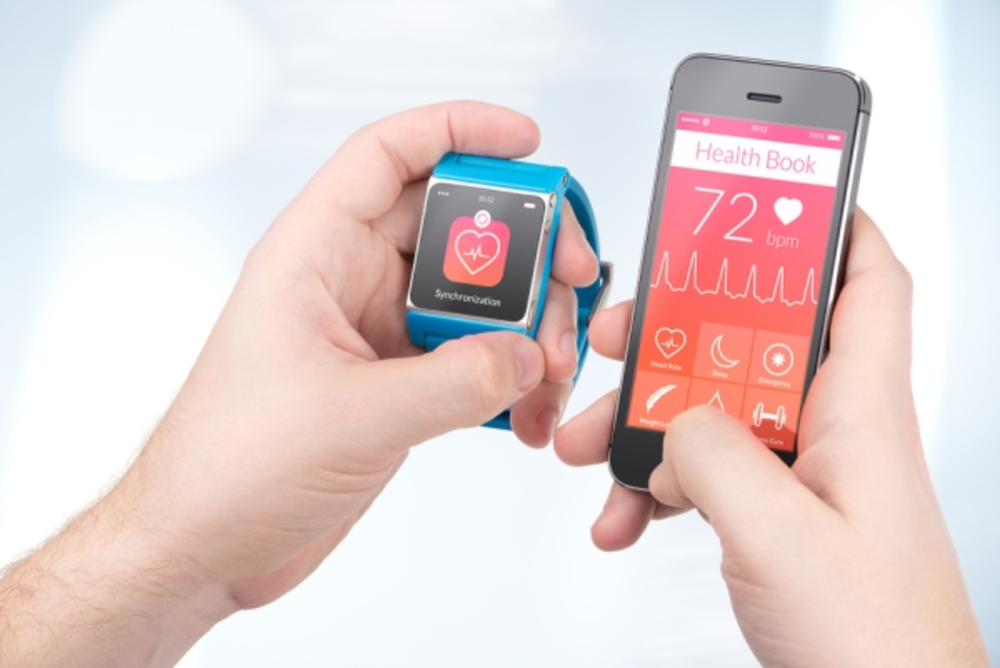With the release of the Apple Watch—and Google’s recent update to its Android Wear software—the wearables market looks to be taking real shape. Though the prospect of another mobile format may seem daunting, the Apple Watches and Google Glasses of the world could prove to be among marketers’ most poignant channels; largely because these mini-mobile devices have the potential to transform marketing messages through virtue of their smaller interfaces alone.
“[Smartphone] screens have grown considerably over the last few years, and what’s come from that is beautiful pages,” notes Ramsey Masri CEO at mobile marketing automation platform OtherLevels. “Marketers have been running with these large screens and creating hugely immersive experiences, but the [Apple Watch] will take screen sizes back 20 years.”
Marketers face several challenges when it comes to wearable, mini-mobile screens. Here are a few tips to optimize marketers’ wearable strategies, and things to consider when approaching this ever-expanding channel.
Embrace and perfect brevity
The smaller screens are likely the biggest difference between smartphone mobile marketing and wearable mobile marketing. Marketers will have to ensure their content is fully responsive, but also that their messages make the most of pint-sized displays. “We’ve gotten accustomed to the screen size [of phones], and the screens have only gotten bigger. The marketer’s challenge now is to communicate in the fewest and most active words possible. Don’t get colorful. Leverage the power of fewer, but more powerful words,” Masri explains.
Respect consumers’ privacy
Given the advanced fitness monitoring hardware of many of these devices, marketers could very well find themselves swimming in even more customer data. However, that doesn’t mean marketers should approach wearable platforms anticipating an influx of new actionable data. Ethical data use could prove an even larger priority in the wearable space. “Don’t overstep your bounds. People are letting you into their personal space with these devices,” says Matt Murphy, CEO at marketing agency Fusion 92. “Phones know more about you than anyone else in your life. Now [consumers are] putting on a device that has access to heart rates and other health data. Respect that, and respect the consumer’s privacy.”
Develop nimble, useful apps
Marketers angling for the wearable format may find an increased viability for apps. “Wearable apps are going to be very focused on the user experience and user interface. Marketers have to focus on building wearable apps with use cases for consumers in mind.” Murphy notes.
“The experience [on wearable devices] needs to be angled toward speed,” Masri says.








